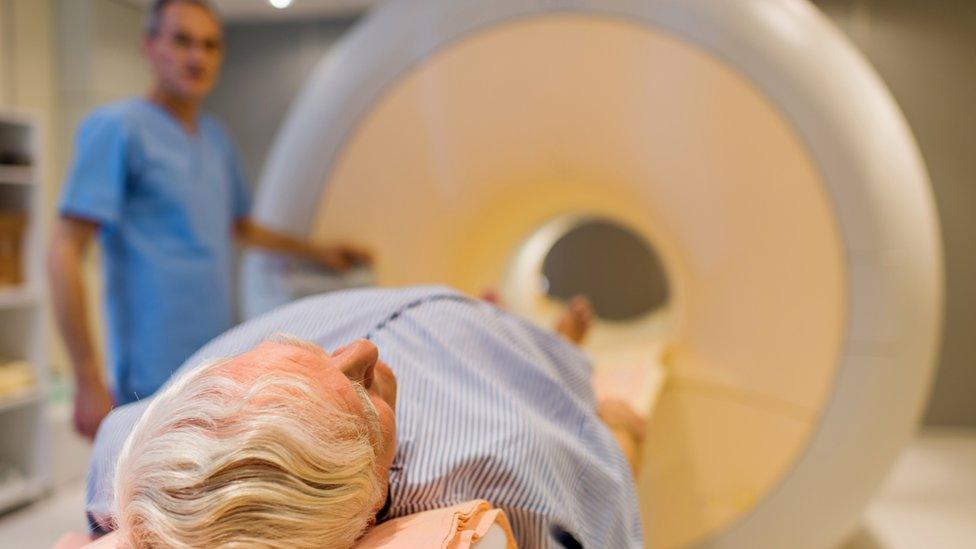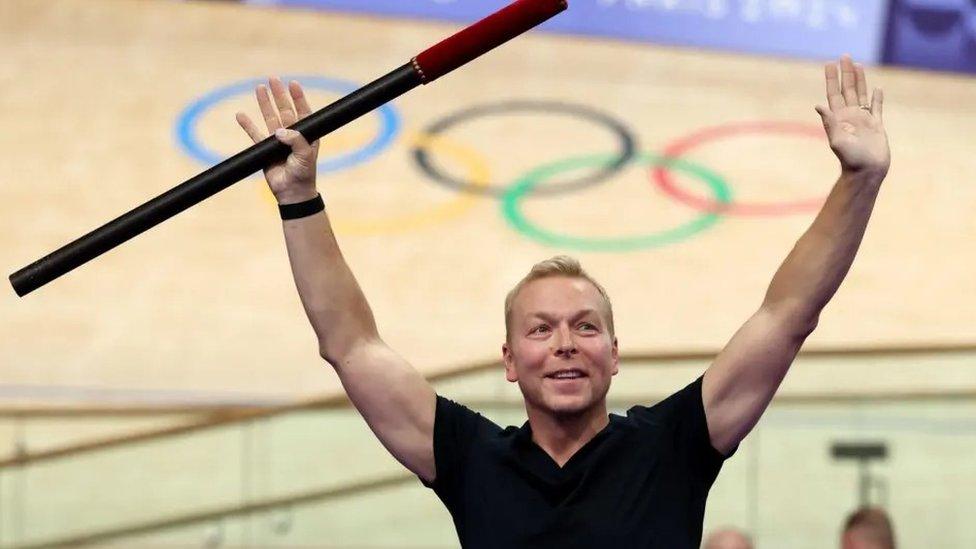Prostate cancer trial: Radiotherapy doses can be cut safely
- Published
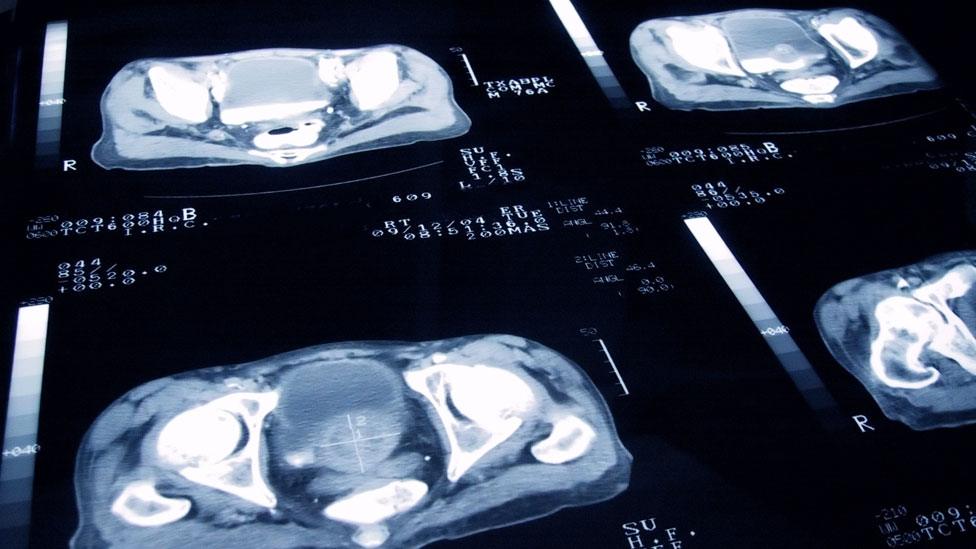
Men undergoing treatment for prostate cancer could be safely given far less radiotherapy, a major trial has found.
Doses can be cut by three-quarters meaning five higher doses is enough, instead of the 20 or so given now.
The international trial involved nearly 900 men with medium-risk prostate cancer that had not spread.
Lead researcher Prof Nicholas van As from the Royal Marsden Hospital said the results were "outstanding" and "fantastic" for patients.
Prostate Cancer UK said the finding had the potential to save time and money for the NHS, while still giving men the best outcomes.
It means thousands of men could be given larger doses of radiotherapy - also known as multi-beam radiotherapy - at each hospital visit, but less overall.
The study found that after five years, 96% of the men who received five doses of the multi-beam radiotherapy were cancer-free, compared to 95% who received at least 20 doses of standard radiotherapy.
Side effects, such as needing to pass urine more often, were low in both groups.
The top-line results of the PACE-B trial will be released at the American Society for Therapeutic Radiation and Oncology (Astro) conference in San Diego.
Prof van As said he expected the results to lead to "enormous change" in the way radiotherapy was delivered.
'I was treated so rapidly'
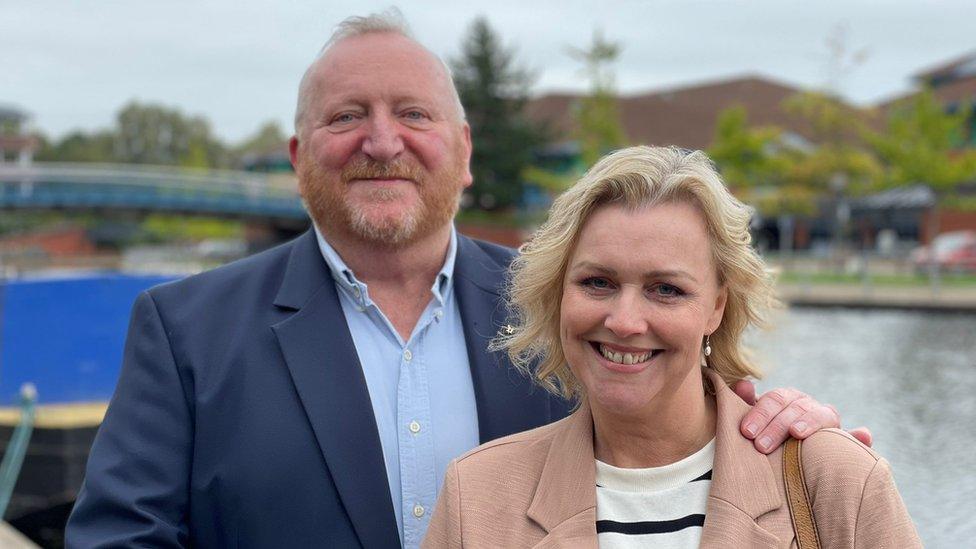
Alistair Kennedy-Rose had five radiotherapy sessions in one week, saying it was all over very quickly
Alistair Kennedy-Rose, 64, from the West Midlands, was diagnosed with prostate cancer in 2014 after a blood test which showed his prostate-specific antigen (PSA) levels were raised.
"I had no symptoms at all so it was a shock to find I had cancer," he told the BBC.
He was treated at the Royal Marsden as part of the trial using Cyberknife, a robotic radiotherapy machine, and had all five sessions in the same week and did not receive hormone therapy.
"The treatment was pretty easy. There were no side effects and it was all over very quickly, allowing me to continue living my life to the full," he said.
"I was treated so rapidly it's hard to come to terms with the fact that I ever had cancer."
He has annual tests for his PSA levels, which remain extremely low, and says doctors have told him his treatment is likely to have cured him.
Doses saved
Prof van As said he expected that the NHS would "rapidly adopt" the lower-dose treatment.
"Across the whole NHS that's hundreds of thousands of doses of radiotherapy that are going to be saved," he said.
"And in a system which is quite under pressure, that's going to be very welcome."
Prof van As says an estimated 8,000 men a year might meet the criteria of having intermediate risk prostate cancer which had not spread.
They could therefore benefit from the change by having all their treatment in a week rather than spread over at least a month.
In the UK, 20 doses of radiotherapy are the standard treatment, but in other countries like the US they use up to 40 doses.
Another key element of the trial was that none of the 874 men were given any hormone therapy to block testosterone, a driver of prostate cancer.
Hormone therapy has multiple side effects including severe tiredness, hot flushes and low libido.
Simon Grieveson, assistant director of research at Prostate Cancer UK, said: "It's fantastic to see that this new type of multi-beam therapy appears to be just as effective as traditional radiotherapy, and could help men get treated more quickly, and with far fewer visits to the hospital."
Mr Kennedy-Rose encouraged other men to get checked out.
"It's vital that men over 50 have a routine PSA test, or, if their doctor deems it necessary, an MRI scan," he said.
"Then, if cancer is found early they can have easy treatment with the fewest side effects, which I fortunately have benefited from."
Related topics
- Published7 August 2023
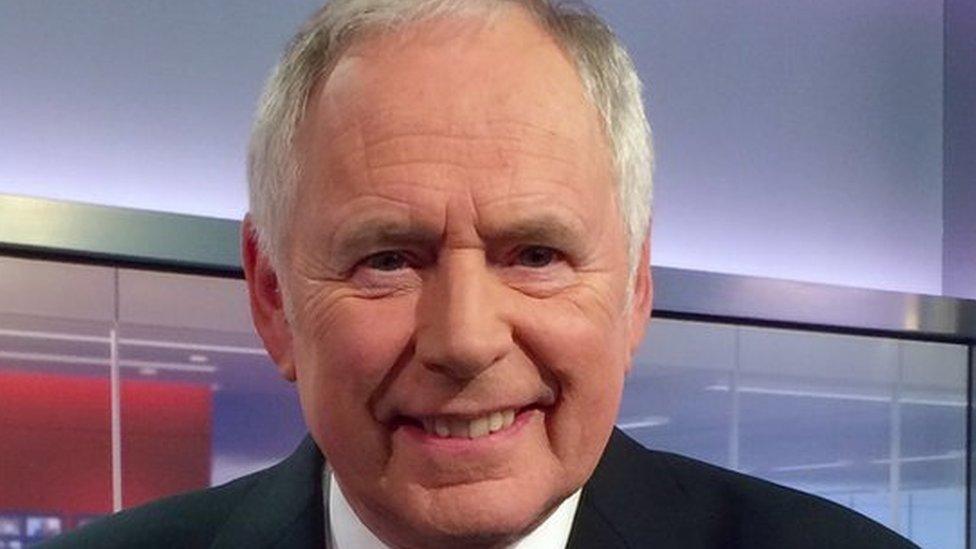
- Published22 August 2023
